
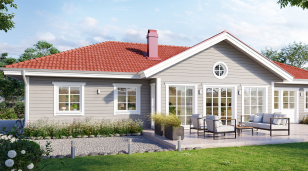



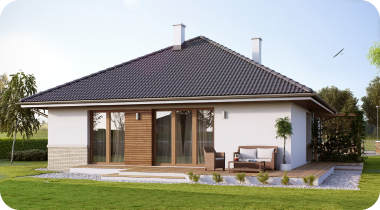
A link to download your FREE brochure will be in your inbox in 3 minutes
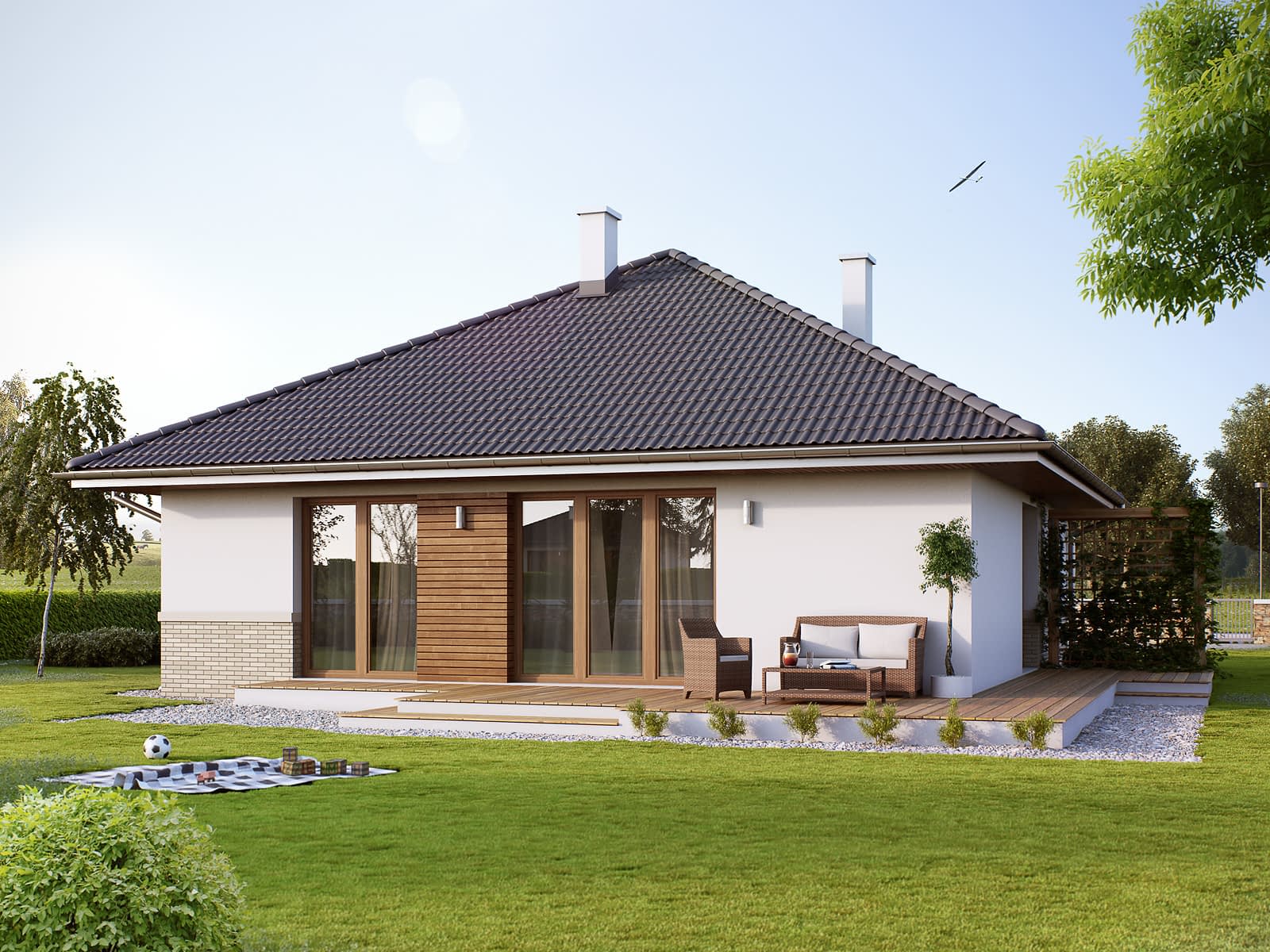






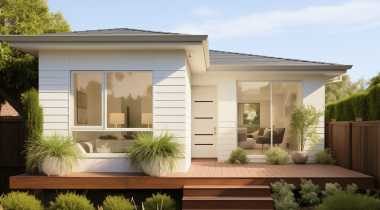











The final price may vary based on project specifics.
To get a free accurate quote tailored to your needs, book a consultation with us today!

The price per square foot provided is an average and may vary depending on project-specific details such as materials, location, complexity, and other factors. Actual costs may differ from the average provided.
It is recommended to obtain a detailed quote based on the specific requirements of your project.

Please note that the monthly payment displayed on this page is an estimate and is subject to variation based on the selected loan product, applicants credit score, loan amount, and other financial details. Actual monthly payment may differ from the estimate provided.
It is recommended to seek advice from a financial advisor or loan officer to obtain precise payment information tailored to individual circumstances.
 Your Trusted
Local Contractor
Your Trusted
Local Contractor

In the vast expanse of the universe, our house is but a speck, and within that speck, some of us find comfort in even smaller, cozier living spaces. Tiny houses, while compact in dimensions, can be colossal in character. Dive into this enlightening exploration of "how big are tiny homes" truly are and understand the nuances of tiny house living.
The idea of having your own tiny house comes from the affordable housing solution that it offers. In most cases, tiny house owners look for ways of creating a typical home within a limited amount of space or money. Therefore, even if you live in an expensive state, a traditional home in the form of a tiny house might be one of the best options.
Not only tiny house prices are attractive. The idea of living a tiny life makes sense for those who want to pull themselves out of the consumerist routine. The important thing about switching from traditional homes to tiny houses is that you would have space only for the things that matter to you the most.
Increasingly popular small house options are now changing the housing views of potential buyers. In this article, you will learn more about tiny home lifestyle and tiny house dimensions.
Those who have never considered having a tiny home might get confused on why someone would give up high-end solutions with more room to live in. The meanings of most tiny homes vary depending on the owner's goals. However, aside from getting to save money and having a few rules compared to building a whole house, there is an additional value to having a small house.
The concept of 'tiny' transcends mere dimensions. It's about embracing a life where every possession in one's tiny house tells a story, every nook holds a memory, and every cranny hides a secret. Delving into the world of tiny homes is like stepping into an intimate sonnet, where every line reverberates with purpose and passion. The living space becomes secondary; what takes center stage is the feeling of unity with one's surroundings.
The sheer joy of understanding that 'less' can indeed mean 'more', and the heartwarming realization that in such a small space, limitless love can thrive. A tiny home isn't just a living space; it's a testament to the vastness of human emotions and aspirations packed into a compact realm.
Pondering over "how big are tiny homes" is similar to gazing at the vast night sky, pondering the dimensions of the universe. The world of tiny houses offers boundless variety in sizes and square footage.
Here's a quick peek:
The choices of tiny house dimensions fall to owners' preferences and abilities. Usually, the main variable is the number of square feet that fits on your lot and corresponds to the rules of a special permit. Individual states might have their own regulations regarding the maximum size, bathroom accessibility, and other building features.
In the land of endless opportunities, the tiny house movement is echoing loudly. The average tiny house in America measures between 200 to 250 square feet. It's a testament to the country's love for compact, sustainable living. These dimensions offer a beautiful harmony of cozy confines and functional space.
With a tiny house, you can choose one location that satisfies you the most and build a home of your dreams on a budget. The average price that homeowners spend on a standard tiny house usually varies in most states.
In a tiny house, every square foot is a canvas, waiting to be painted with the homeowners' dreams and ideas.
Designing a tiny house is a unique challenge, ensuring that every square foot is utilized efficiently.
It's not just about length and width; it's about volume, loft spaces, and storage space.
For tiny homeowners, size isn't just about square feet. It's about aligning your heart's desires with practical needs, ensuring every corner of your tiny house resonates with your essence.
Just like you would design a living area in a trailer or any other small dwelling, with a tiny house, you should really focus on the way everything is organized.
Understanding the dimensions of tiny houses is about more than just square footage; it's about visualizing the possibilities within each tiny home.
Half of the things we have in our big houses can usually be either substituted or even eliminated. Building a tiny home allows you to think about the things that you value the most. Your tiny house might have a smaller cost in terms of money, but it will surely be more precious in terms of its meaning.
Let’s consider the pros and cons of tiny living!
Tiny homes, in the grand tapestry of existence, shine as beacons of hope and inspiration. As you step into the world of tiny house living, remember that choosing the right size is the first step towards crafting a haven that mirrors your deepest desires. Find your perfect little nook within the vast universe and call it "home."
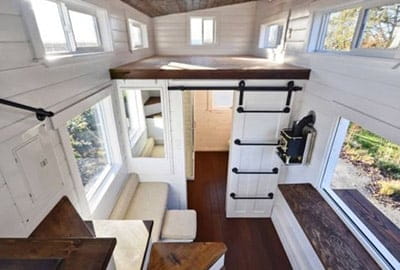
Choosing the right size for your tiny house is like searching for the perfect melody. It's a deeply personal journey, an intimate dance of desires and practicalities. Start by asking yourself, "What does 'home' feel like to me?" Picture your daily routines, your cherished hobbies, and those quiet moments of reflection. Remember, it's not about fitting into a tiny home but letting the tiny house fit into the vast landscapes of your dreams.
Your tiny house can become a new step towards creating a conscious lifestyle. When everything you have around your house serves its own purpose and helps you to live comfortably everyday, it will be easier to build healthy routines in other spheres of your life as well.
Don't let the cost of a house stop you from having your own cozy place. With many tiny house designs available nowadays, it is easier than ever to create a home of your dreams. Tiny house solutions are for those who are ready to experiment with their dwelling and focus on things that matter to them the most.
The larger the tiny home, the more materials are needed, impacting the cost.
Yes! Many tiny houses have lofts that serve as a second story.
Consider your lifestyle, the number of occupants, and your desired amenities.
Get a First Look at Real ADU Projects